Chap Book 1–Shakespeare Poem
A GRANITE BAY DESIGN MICROSITE![]() WOODCUTS BY JOSEPH CRAWHALL
WOODCUTS BY JOSEPH CRAWHALL
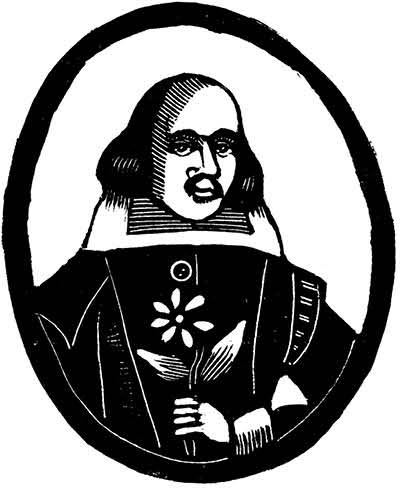
“And one man in his time plays many parts”
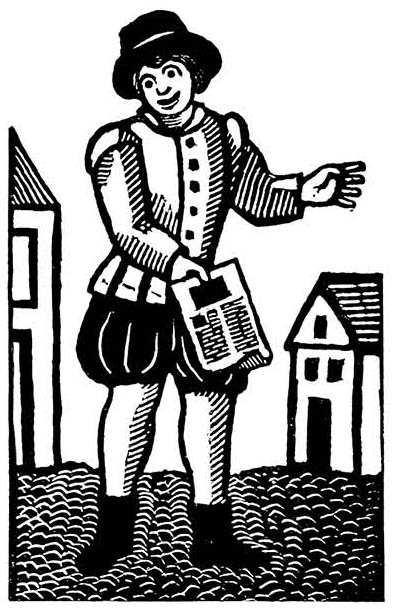
A POEM BY WILLIAM SHAKESPEARE
All the world’s a stage,
And all the men and women merely players;
They have their exits and their entrances,
And one man in his time plays many parts,
His acts being seven ages. At first, the infant,
Mewling and puking in the nurse’s arms.
Then the whining schoolboy, with his satchel
And shining morning face, creeping like snail
Unwillingly to school. And then the lover,
Sighing like furnace, with a woeful ballad
Made to his mistress’ eyebrow. Then a soldier,
Full of strange oaths and bearded like the pard,
Jealous in honor, sudden and quick in quarrel,
Seeking the bubble reputation
Even in the cannon’s mouth. And then the justice,
In fair round belly with good capon lined,
With eyes severe and beard of formal cut,
Full of wise saws and modern instances;
And so he plays his part. The sixth age shifts
Into the lean and slippered pantaloon,
With spectacles on nose and pouch on side;
His youthful hose, well saved, a world too wide
For his shrunk shank, and his big manly voice,
Turning again toward childish treble, pipes
And whistles in his sound. Last scene of all,
That ends this strange eventful history,
Is second childishness and mere oblivion,
Sans teeth, sans eyes, sans taste, sans everything.
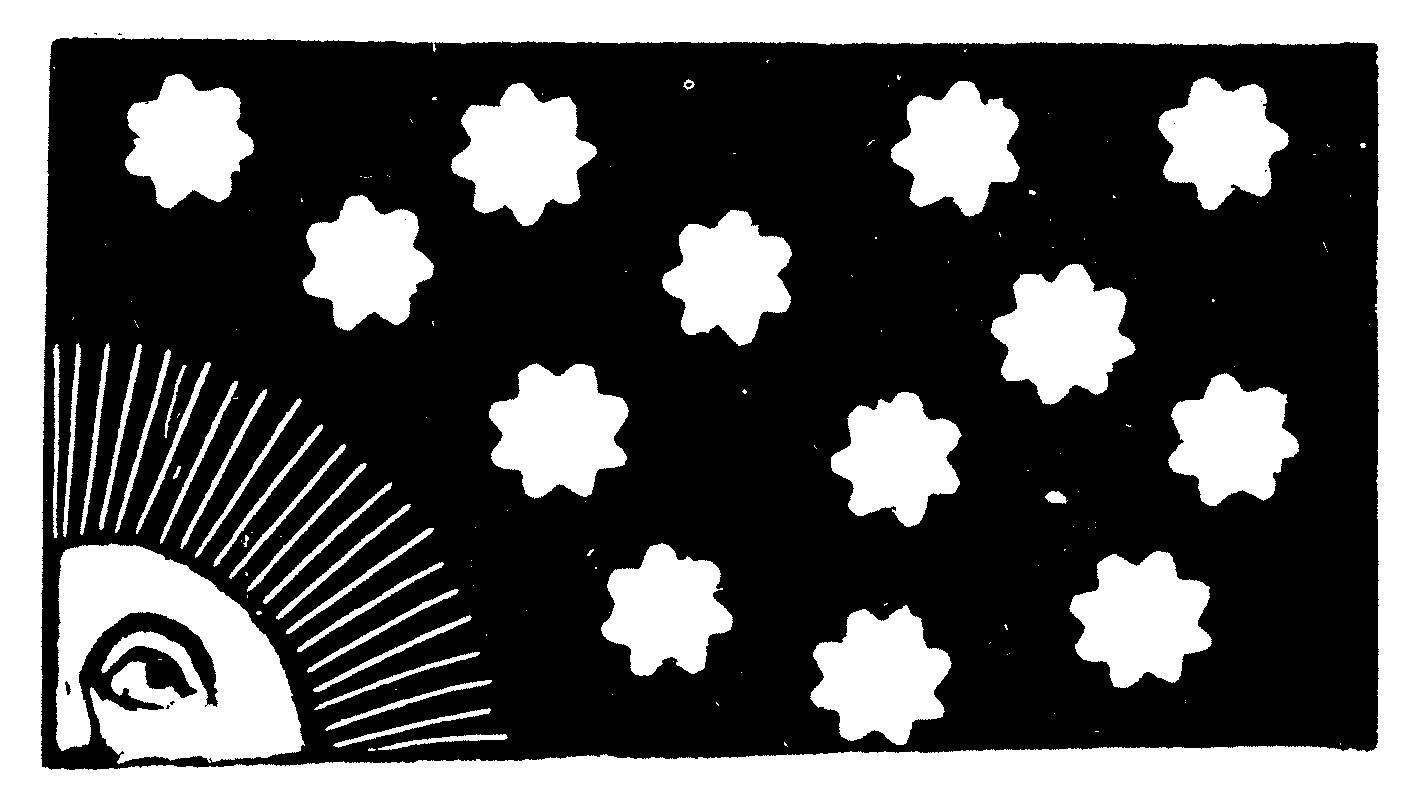

ABOUT THE WOODCUT ILLUSTRATIONS:
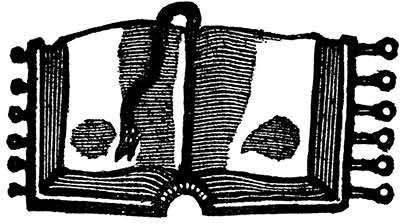 Quaint Woodcuts In The Chap Book Style by Joseph Crawhall
Quaint Woodcuts In The Chap Book Style by Joseph Crawhall
The artwork in these pages is by Joseph Crawhall (1821-1896). The style is called “chap book.” Crawhill was a member of an old and unusually gifted family of Newcastle-upon-Tyne, the largest city in the northeastern English county of Northumberland. His father, also named Joseph (1793- 1853), started a successful rope factory, and was mayor in 1849-50. A self-taught writer and artist (though he is said to have learned lithography from the inventor of the medium, Aloys Senefelder), this elder Joseph Crawhall illustrated his own 1827 publication Grouse Shooting Made Quite Easy to Every Capacity, an early example of the family’s preoccupation with wildlife.
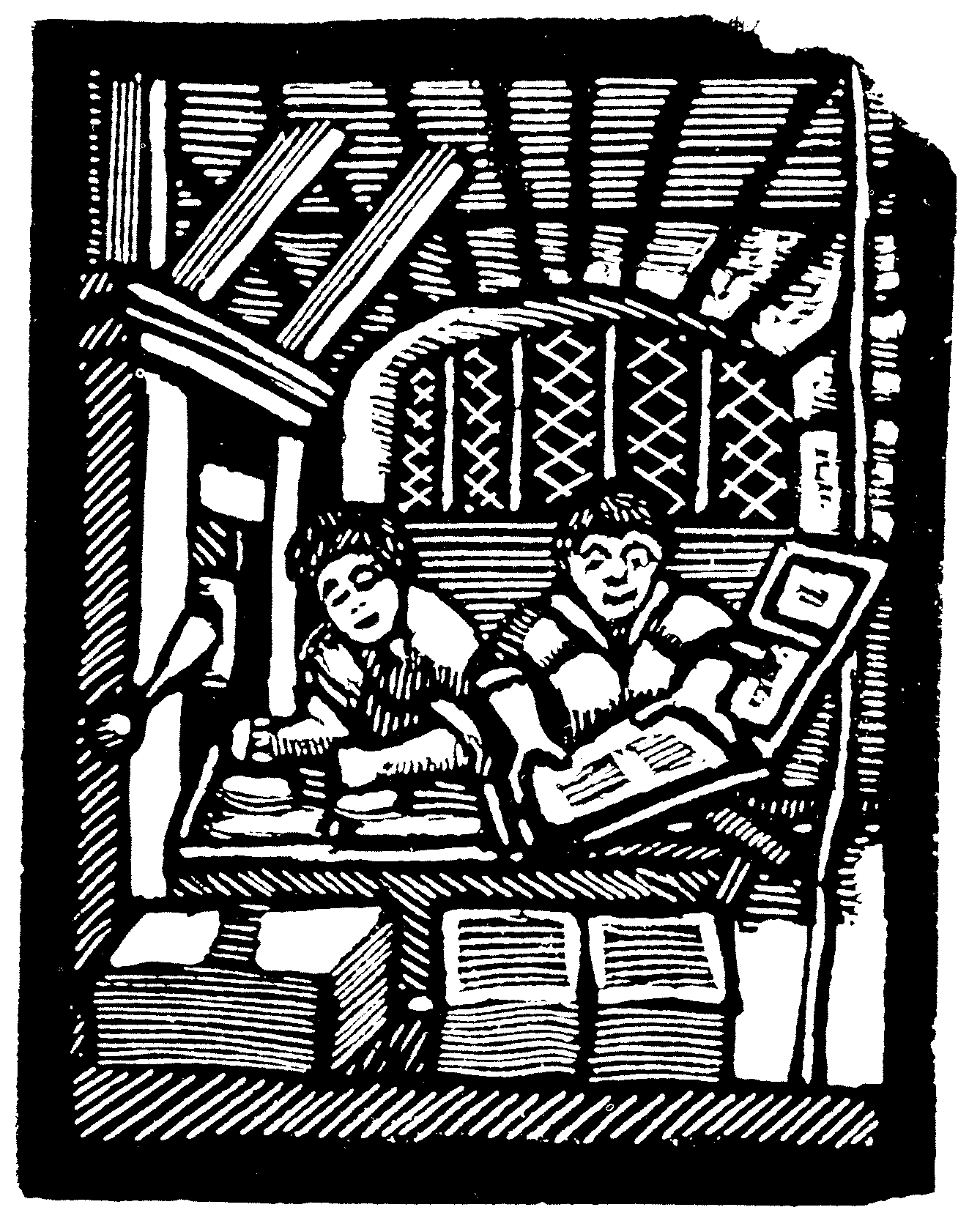
About “Chap Books”
A chapbook is “a small book or pamphlet containing poems, ballads, stories, or religious tracts” (dictionary) The term is still used today to refer to short, inexpensive booklets. The context I am using it in is that of the Early Modern period in England. Chapbooks were small, cheaply produced books, most often octavo or duodecimo printings of twenty-four pages, sold without a cover. Pamphlets were similar to chapbooks, but they can be divided by their content. Pamphlets generally concerned matters of the day, such as politics, religion, or current events. Chapbooks were timeless books of jest and tales that often sprang out of folklore. Chapbooks were so called because they were sold by peddlers known as chapmen. Chap comes from the Old English for trade, so a chapman was literally a dealer who sold books. Chapmen would carry boxes containing the conveniently sized editions, either in town on street corners, or traveling through the countryside. They typically sold their wares for twopence or threepence, and stocked a large variety of titles. Among the types of content contained in chapbooks were romantic tales of chivalry, religious and moral instruction, cookbooks, guides to fortune telling and magic, and bawdy stories full of innuendo.

Sea Shanty: “A Hundred Years Ago”
Well a hundred years on the eastern shore
Oh yes, Oh
Oh, a hundred years on the eastern shore
A Hundred years ago
Well its Bully John from Baltimore
Well I knew him well on the eastern shore
Well it’s Bully John’s the boy for me
He’s a buckle on land and a bully at sea
Well its been a long time and a very long time
Well its been a long time since I made this rhyme
Well my old mother she wrote to me
Me darling son come home from sea
Well I thought I heard the first mate cry
That bleeding top main sheave is dry
Well I thought I heard the old man say
Well it’s one more pull and then belay
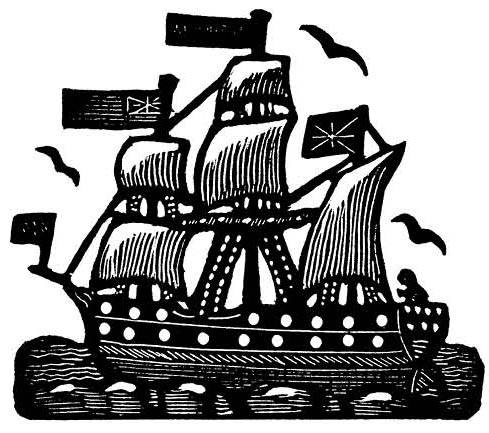


All of the art was scanned from the book “Quaint Woodcuts in the Chap Book Style” by Joseph Crawhall.
